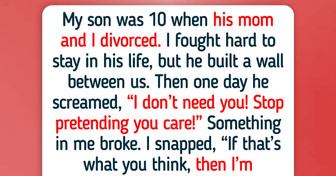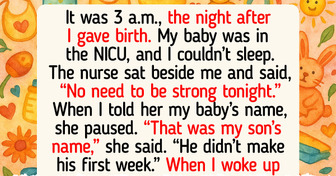10 Mothers-in-Law Who Know How to Stir the Pot

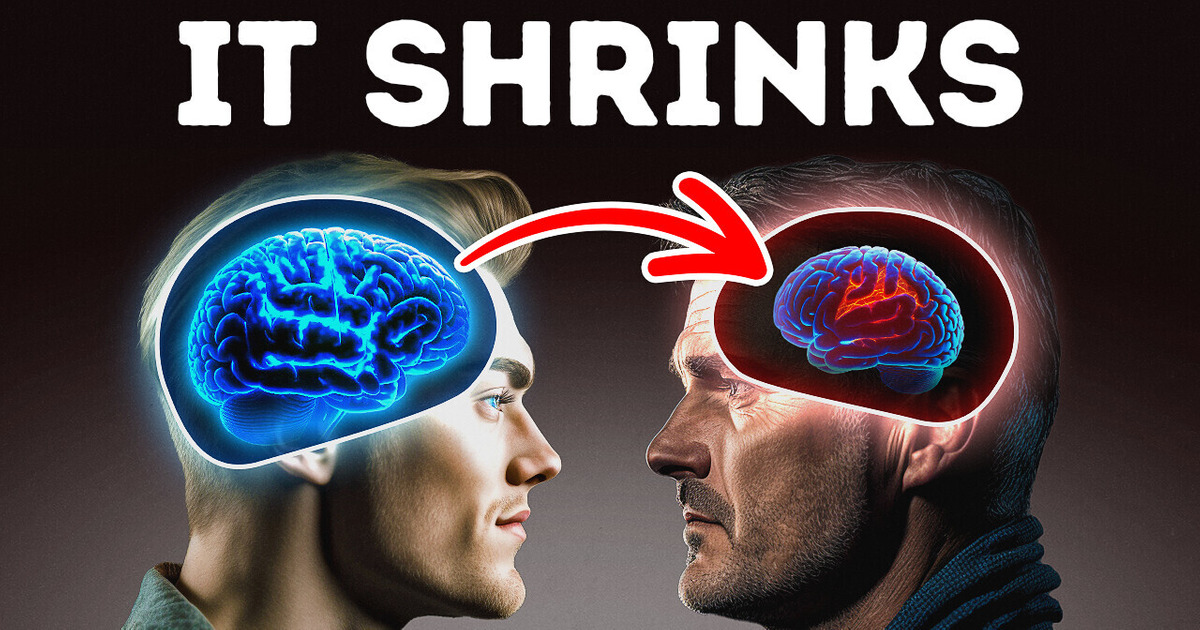
The distance between your outstretched arms is your height. You renew your skeleton every 10 years. [time to renew!] You lose around 100 hairs every day, and that’s totally normal. Humans are the only creatures who sleep on their backs for a long time.
Koalas, like humans, have their own unique fingerprints. In a lifetime, the average person will walk the equivalent of 3 times around the world. A person can have from 250 to over 1,000 hairs in each eyebrow.
Your eyebrows also have a lifespan: about 4 months for all the hairs to fall out and be replaced by new [!] ones. Thanks goodness. Your eyes are the only organ that doesn’t grow with age.
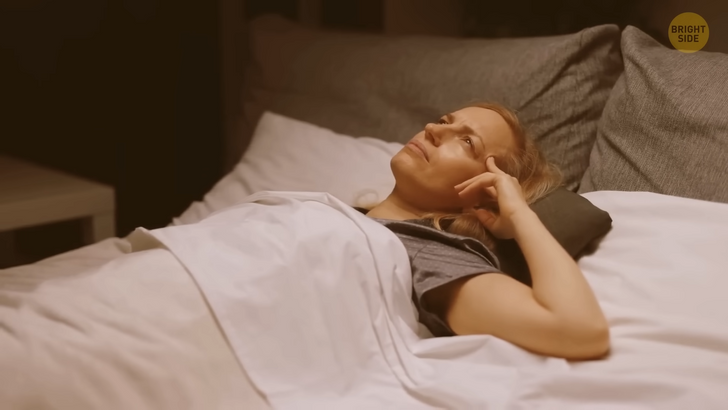
Human DNA is 96% similar to a chimpanzee, 90% similar to a cat, 70% to a slug, and 50% to a banana. That has appeal. You share 99.9% of your DNA with any random person on the planet. Your heart is the size of your fist. Your brain — two clenched fists!
When you listen to music, your heartbeat syncs with its rhythm. You can’t swallow and breathe at the same time. Trust me on that one. There are as many nerve cells in your brain as there are stars in our galaxy: about 100 billion. The popular belief that people only use 10% of their brain power is nothing but a myth. Even when you’re resting or sleeping, more than a tenth of your brain is working.
You’re more likely to get attracted to a person who thinks and looks the same as you do. The belief that opposites attract isn’t true. Your nose and ears are the only parts of your body that never stop growing. The human brain generates enough electricity to power a small light bulb. If your eye was a digital camera, it’d have a resolution of 576 megapixels.
Your tongue-prints are also unique to you. But let’s not lick the scanner. Scientists at the University of Pittsburgh found that blue- and green-eyed people are less sensitive to pain than brown-eyed people. But lighter-colored eyes are more light-sensitive than dark ones. The microorganisms in the human body outnumber cells 10 to 1.
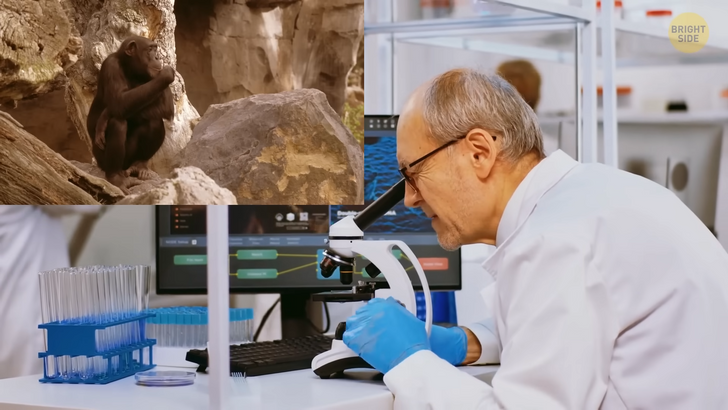
Eye aye-aye! About 6% of people can vibrate and rapidly shake their eyeballs back and forth. It doesn’t mean something’s not right with their eyes — it’s just a unique trick they can perform. Good at parties I suppose. Fun fact about bones: you know that your body is about 60% water, right? What’s new here is that your bones are in this too. About 25% of the human bone mass is made up of water.
Not all of your brain’s regions are active all the time. But most work on this or that task 24/7. Every 2 minutes [2 MIN], people all over the world take more pictures than they did in the entire 19th century. However, there’s nothing said about today’s photos being any better. People are kinda programmed to return favors. This instinct probably developed when people needed to help one another to survive.
Studies have proved that sneezing is your nose’s way to “reset.” A sneeze reboots the cells that line the insides of your nose — they’re called cilia. Sneezing is also one of the first defenses against bacteria and other, you know, unwanted stuff. When the delicate nose lining gets tickled with a foreign substance, like pollen, dirt, or dust, it sends a signal to your brain. The brain informs your body it’s time to sneeze.
The part of your brain that’s responsible for vision is actually in the back of your head. The right side of your brain controls the vision on the left side and vice versa.
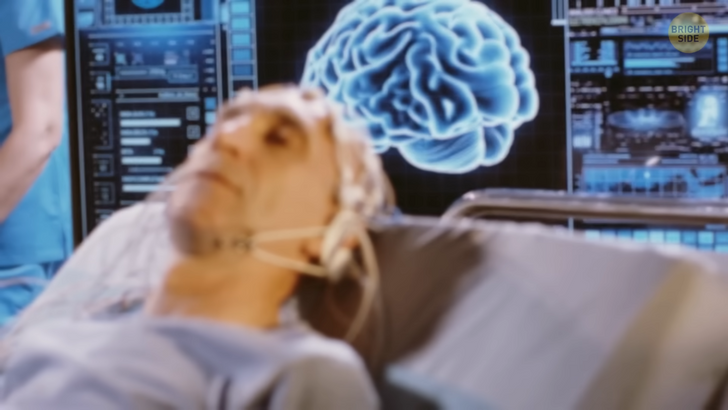
Okay, put down your phone and pay attention. [subscribe] Multitasking is actually impossible. Your brain only allows you to switch between different tasks really fast, not to do them at the same time. Such context-switching isn’t ideal either. Studies show that in this case, people make mistakes much more often. Plus, they need twice as long as usual to do things. So focus! There is one exception though.
When you’re engaged in some physical activity you’ve done many times before, you can simultaneously perform a mental task. That’s why you can easily walk up the stairs or take a shower and think about problems at work. Food tastes better when someone else has made it. That’s why a sandwich from a cafe looks more appetizing — even though you use the same ingredients.
One study suggests it’s because it takes time to make yourself a meal. So, when you’re ready to dig in, you don’t feel all that excited. Your body contains enough blood vessels to wrap around the planet 2½ times. You spend 4 months in each year asleep. In a lifetime: you rack up 26 years. Only 6 of those years will be spent dreaming. We forget 50% of a dream within 5 minutes of waking up. 10 minutes later, it’s 90%.
Each cell in your body contains 1.5 GB of information. Do the math for your 100 trillion cells, and see that you’re one powerful walking computer! Your brain cools down when you yawn. Your ears work even when you’re asleep, but your brain ignores the incoming information. The bumps on your tongue aren’t taste buds — they’re called papillae. Not all papillae contain taste buds, but those that do can have 1-5 in each. The atoms in your body are 99% empty. And yet you feel full after dinner. How is that?
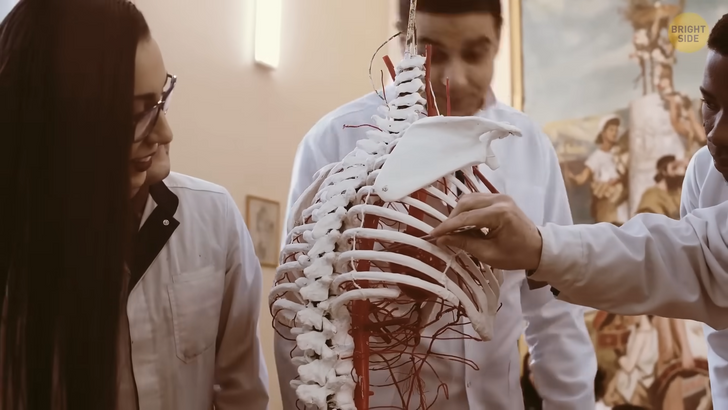
The brain grows for the first 18 years of life, then gets 5% smaller every 10 years after age 40. Well that’s explains a lot, don’t you think? We spend 10% of our waking hours with our eyes closed just from blinking. The muscles that work your fingers are actually in your forearm. Your foot is the same length as your forearm. Same ratio with your thumb and nose. Your toenails grow 3 times slower than your fingernails.
Your lungs aren’t identical: the right one has 3 lobes, and the left one has 2. Your hair grows faster when you’re sleeping. The only thing that grows faster than hair is bone marrow. Your body releases enough heat in half an hour to boil 2 quarts of water. Your brain uses 20% of the energy your body generates. Your body uses more energy to cool itself on hot days than to warm up when it’s cold. People can go much longer without food than without sleep. Stomach acid can dissolve metal.
It’s so strong that the stomach has to create a new lining every 3–4 days. So what’s eating you? In terms of muscle, your tongue is like an elephant trunk and an octopus arm. That’s just wrong. Your nails are made of the same stuff as a rhino’s horn and a horse’s hoof. And the rhino wants it back. We have nails to protect our fingertips. Without them, you wouldn’t be able to grip things as well.
You use 200 muscles just to take 1 step, and 50 muscles just to use chopsticks! You use two fingers to play “chopsticks”. Most people speak about 125 words per minute — the brain can process 800 in the same time. Me? I can go 185, with wind gusts up to 250! Your skin completely renews itself every 27 days. You can’t tickle yourself — your brain already knows of your intentions and prepares your body for it. Humans are the only species with an outline that separates the lips from the surrounding skin.
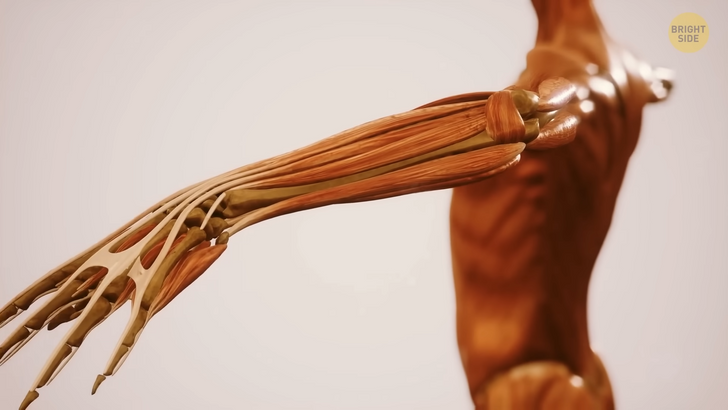
Half the bones in your body are in your feet and hands. C’mon, let’s share guys! Finally, cornflakes have more genes than people do. Your cereal has 32,000 — you have 20,000. Your memory is affected by your body position. For example, you’re much more likely to recall a situation where you waved to someone if you stand and wave again.
Your brain has millions of neurons, they’re all different, and the speed of connection between them is different too. That’s why you can recall some information faster than others. The brain itself, by the way, can’t feel pain. It has no nerve endings of its own.
People with red colored hair are one percent of all people [1%]. 2 percent are natural blondes. Yeah, most people you see with these hair colors have dyed hair. Black is the most common hair color in the world.
A human eye resembles a car engine. Both of them need liquid for good lubrication. The engine needs oil, and the eye needs tears. To make sure the eyes work right, tears are distributed all over them. That’s why we blink more than 10,000 times a day.

